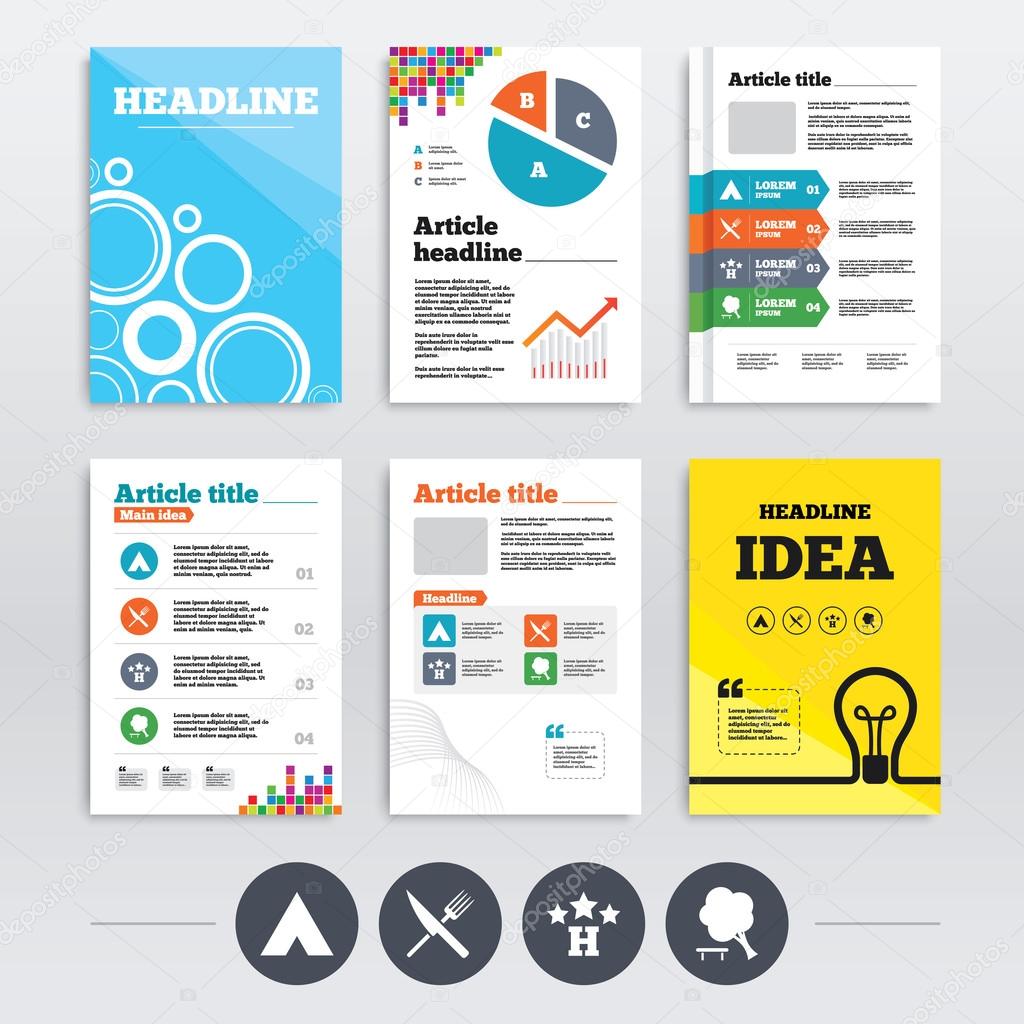While both offer staminas in various settings, it's important to identify which sort of insulation will certainly ideal offer your needs. The insulation you choose impacts warmth, weight, water resistance, compressibility and cost.
Down is harvested from waterfowl, typically ducks or geese. It is treasured for its agility, simple compression and insulating residential or commercial properties. However, down comes to be much less effective when damp.
Warmth-to-Weight
A high warmth-to-weight ratio is wanted in exterior clothing and gear. The protecting buildings of down feathers make them a fantastic choice for this objective, as they are exceptionally warm and lightweight.
Nevertheless, down sheds its insulating capabilities when it splashes, meaning it needs to be paired with a water resistant covering. Additionally, some people are allergic to down, making synthetic jackets a much better alternative for them.
Artificial insulations are typically made from recycled polyester and designed to simulate down's shielding properties. They are not as lightweight as down, however they do not lose their shielding capacities when they splash and dry more quickly than down. They are likewise a lot more inexpensive than down. Nevertheless, their life expectancy is shorter than down, leading to greater upkeep and substitute prices.
Water Resistance
The insulation you select for your job coat will certainly make a big difference in exactly how comfy you really feel outdoors. Nonetheless, the type of insulation you choose additionally has significant implications for your sustainability goals.
Down is an exceptional insulator for a variety of factors. It's light-weight, compressible, and uses an excellent warmth-to-weight ratio. However, it doesn't fare well when it gets wet. Down clumps up and loses its loft when wet, which can considerably minimize its capability to catch heat.
Synthetic insulation materials, such as Thinsulate and Primaloft, stand up far better against damp problems. They normally have a limited weave or chemical layer that keeps water from permeating the fabric. This permits the insulation to stay breathable, even if wet. It's worth noting that synthetics can likewise be uncomfortable when damp, however they keep their insulating buildings.
Compressibility
While goose down does have a premium warmth-to-weight ratio, synthetic insulation executes in a similar way. Nevertheless, unlike down which absorbs and loses its shielding capabilities when wet, artificial insulation does not. Consequently, it can maintain its loft and catch warm air in damp conditions.
Normally produced from polyester sheets or clusters that simulate down, one of the most typical artificial insulation brand names include PrimaLoft, FullRange, Thermoball and Patagonia's PlumaFill. While it still can not match down's loftiness and warmth-to-weight, synthetic coats are light-weight, quick to dry and less costly than down. This makes synthetic coats ideal for damp environments, or if you're prone to sweating heavily. Artificial jackets are likewise much less delicate than down and can take a beating. This sturdiness extends to their face materials which are usually thicker and a lot more durable than down.
Sturdiness
A significant consideration in sustainability is a material's durability and resilience. Natural products like cork, ThermaCork increased cork and Havelock wool last longer than artificial options like fiberglass and plastic. They additionally need much less upkeep and can withstand extreme ecological conditions.
However, all-natural insulation does not do as well when wet as synthetic alternatives. Woollen and fleece clump with each other when damp, compromising their capacity to catch warmth. Artificial insulation, on the other hand, does not take in wetness and remains to protect also when soaked.
This makes artificial insulation ideal for wet environments and difficult tasks where you may sweat heavily. It's additionally much easier to wash and dries out faster than down. This added toughness and reliability make synthetic insulation a total winner in this group. This converts to resilient insulated work boots that last lengthy and keep you warm up through requiring environments.
Sustainability
All-natural products use biodegradability and a smaller sized ecological footprint, while artificial options boast durability and ingenious applications that support power effectiveness. Nevertheless, it is essential to recognize real ecological influence of these insulation products from cradle-to-grave.
For instance, if a natural insulation material has to travel a cross country from its source to the building website, transportation-related exhausts boost its total carbon footprint. Choosing in your area sourced and reused products minimizes that influence. And, going with GREENGUARD and Cradle to Cradle certifications makes certain that insulation is free of unpredictable organic compounds (VOCs) and supports accountable sourcing and labor problems.
Sheep's wool and cork are renewable insulation sources that are collected without harming the tree or plant. Both have actually the added advantage of being naturally resistant to mold and mildew, insects canvas pouch and moisture.
